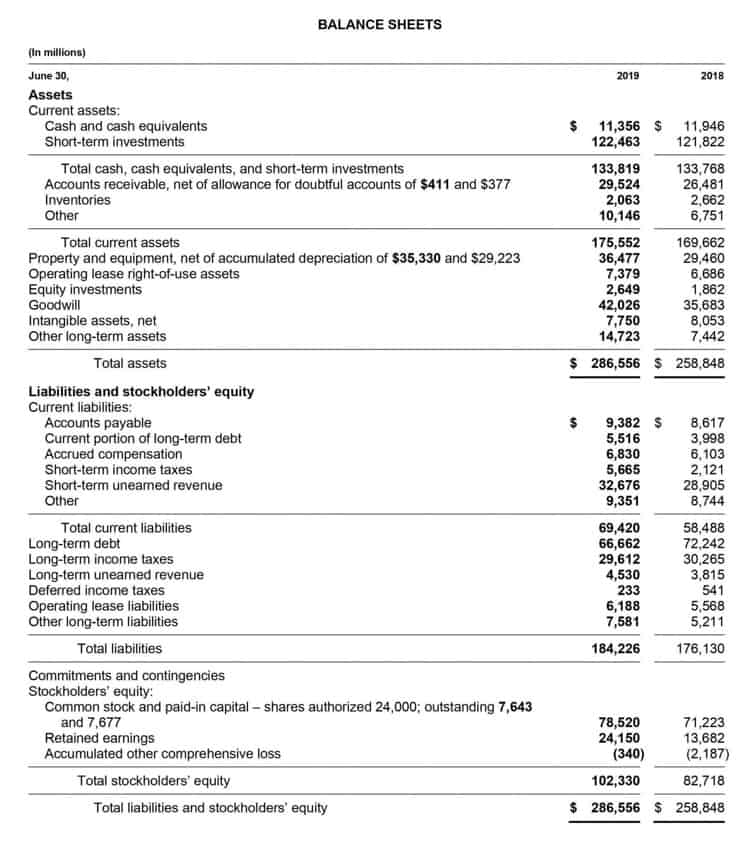Retail Inventory Management: The Ultimate Guide

With inventory performance data on hand, you can set a budget that makes sense. You can more accurately predict demand, so you have a better picture of the ROI of your inventory. Like with Art for the People, setting up and maintaining your inventory through technology means having a better picture of your inventory sell-through rate. Your sell-through rate helps you predict demand; measuring it means you can build an effective ordering plan. “We can also see if there’s a certain color, fabric or style that sells better and adjust things accordingly,” says Hallie Rae Ward, Art Business Director for Art for the People.
Invest in a Robust Inventory Management System (IMS)
We’ve mentioned the importance of counting inventory a few times in this guide—and that’s because we can’t emphasize it enough. Your categories should follow a consistent internal logic that doesn’t change much over time so you can get the most actionable data possible. This means you shouldn’t be overly specific with your categories—if they’ll only work for very specific products, they’re not the optimal hierarchy. ABC inventory classification—the ABC stands for activity based costing—is based on the idea that 80% of your revenue will come from the top 20% of your products. It makes costing easy to track, because you don’t need to pay attention to which batch a unit was sold from.
Ensure optimal inventory levels and meet customer demand with Shopify’s solutions
Your minimum amount of inventory is based on the stock cover you want to maintain. For example, if your target stock cover is 6 months, then the minimum amount of inventory is the amount to cover the sales of the next 6 months. Retailers use a barcode system connected to their retail merchandising https://www.bookstime.com/ system to scan items when they are received, sold or moved between stores. Most of the process we have described in this guide applies also to ecommerce, except for the physical store locations. Some practices can make your inventory management process easier and more efficient.
How to manage retail inventory
If you’re thinking about your local consignment store here, you’re exactly right. LIFO, or last-in, first-out, assumes the newer inventory is typically sold first to prevent inventory from going bad. Get free ecommerce tips, inspiration, and resources delivered directly to your inbox.

- Out-of-stock products and backorders cause customers to wait a long time for their purchase until an item is back in stock or cancel the order altogether.
- Inventory management systems can automatically track quantities of all the items you sell online and at your retail stores.
- That means you can switch promotional strategies to move that stock before it becomes a problem for your business.
- Most inventory-driven businesses do an annual inventory count, called an audit, for tax purposes.
All ecommerce businesses, small and large, must be able to report on key inventory data points to continually improve and make better business decisions. All you have to do is connect Online Store Inventory Management Guide your ecommerce site to your accounting software and configure the settings. Use a sync like MyWorks to let the two platforms share all your sales, tax, and inventory data in real-time.

Safety stock alerts

Key components of successful store inventory management
Inventory management per sales channel



